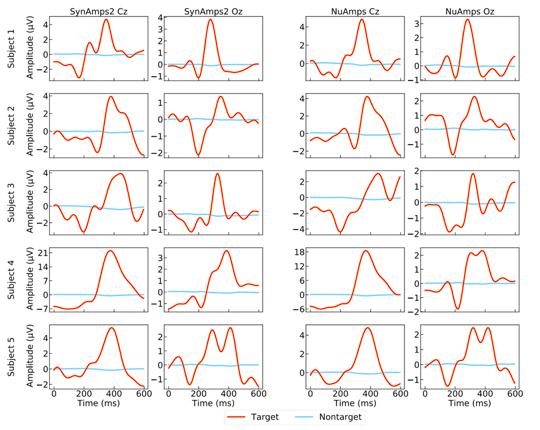A brain-computer interface (BCI) measures and analyzes brain activity and converts this activity into computer commands to control external devices. In contrast to traditional BCIs that require a subject-specific calibration process before being operated, a subject-independent BCI learns a subject-independent model and eliminates subject-specific calibration for new users. However, building subject-independent BCIs remains difficult because electroencephalography (EEG) is highly noisy and varies by subject. In this study, we propose an invariant pattern learning method based on a convolutional neural network (CNN) and big EEG data for subject-independent P300 BCIs. The CNN was trained using EEG data from a large number of subjects, allowing it to extract subject-independent features and make predictions for new users. We collected EEG data from 200 subjects in a P300-based spelling task using two different types of amplifiers. The offline analysis showed that almost all subjects obtained significant cross-subject and cross-amplifier effects, with an average accuracy of more than 80%. Furthermore, more than half of the subjects achieved accuracies above 85%. These results indicated that our method was effective for building a subject-independent P300 BCI, with which more than 50% of users could achieve high accuracies without subject-specific calibration.

